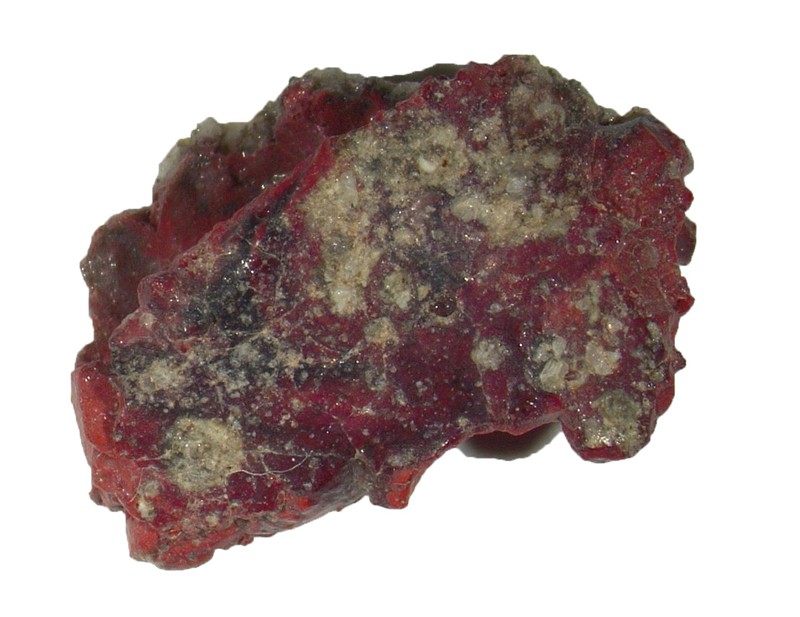
This sample of red trinitite was found to contain a previously unknown type of quasicrystal.
Credit: Luca Bindi, Paul J. Steinhardt
Posted on 05/17/2021 5:12:55 PM PDT by BenLurkin
Quasicrystals contain building blocks of atoms that...do not repeat in a regular, brickwork-like pattern. Whereas ordinary crystal structures look identical after being translated in certain directions, quasicrystals have symmetries that were once considered impossible: for example, some have pentagonal symmetry, and so look the same if rotated by one-fifth of a full twist.
Materials scientist Daniel Shechtman... first discovered such an impossible symmetry in a synthetic alloy in 1982. It had pentagonal symmetry when rotated in each of various possible directions, something that would occur if its building blocks were icosahedral...
Paul Steinhardt...had begun to theorize the possible existence of non-repeating 3D structures. These had the same symmetry as an icosahedron, but were assembled from building blocks of several different types, which never repeated in the same pattern.... Mathematical physicist Roger Penrose...had previously discovered analogous patterns in two dimensions, which are called Penrose tilings.
...Steinhardt and his colleagues later found the first naturally occurring ‘icosahedrite’ in fragments from a meteorite recovered on the Kamchatka Peninsula...
In the aftermath of the Trinity test... which took place on 16 July 1945 at New Mexico’s Alamogordo Bombing Range — researchers found a vast field of greenish glassy material that had formed from the liquefaction of desert sand. They dubbed this trinitite.
The plutonium bomb had been detonated on top of a 30-metre-high tower, which was laden with sensors and their cables. As a result, some of the trinitite that formed had reddish inclusions...
Like most known quasicrystals, the trinitite structure seems to be an alloy — a metal-like material made up of positive ions in a sea of electrons. This is unusual for silicon, which typically occurs in rock in an oxidized form: reversing the oxidation would require extreme conditions, such as the intense heat and pressure of a shockwave...
(Excerpt) Read more at nature.com ...

“...reversing the oxidation would require extreme conditions,...”
Gee, ya think?
I love learning new things and understanding at a simpler level but transfixed reading the jargon.
Red Kryptonite
Disclaimer: Opinions posted on Free Republic are those of the individual posters and do not necessarily represent the opinion of Free Republic or its management. All materials posted herein are protected by copyright law and the exemption for fair use of copyrighted works.